Before visiting Évora, we stayed at a little lake called Barragem do Divôr, where we had a special encounter in the morning when a beautiful fox walked around our caravan.
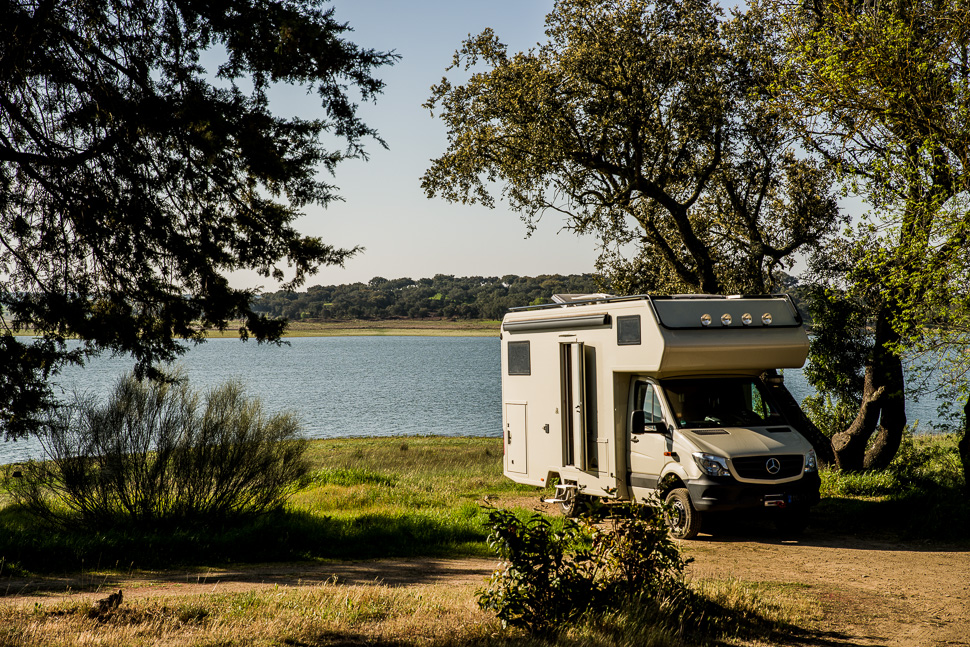
In Évora we parked just outside the city walls next to the aqueduct and headed into town, where we first found the roman temple. It had been destroyed and built around and misused for centuries before the ancient columns were freed and are now considered one of the best preserved Roman ruins on the peninsula.
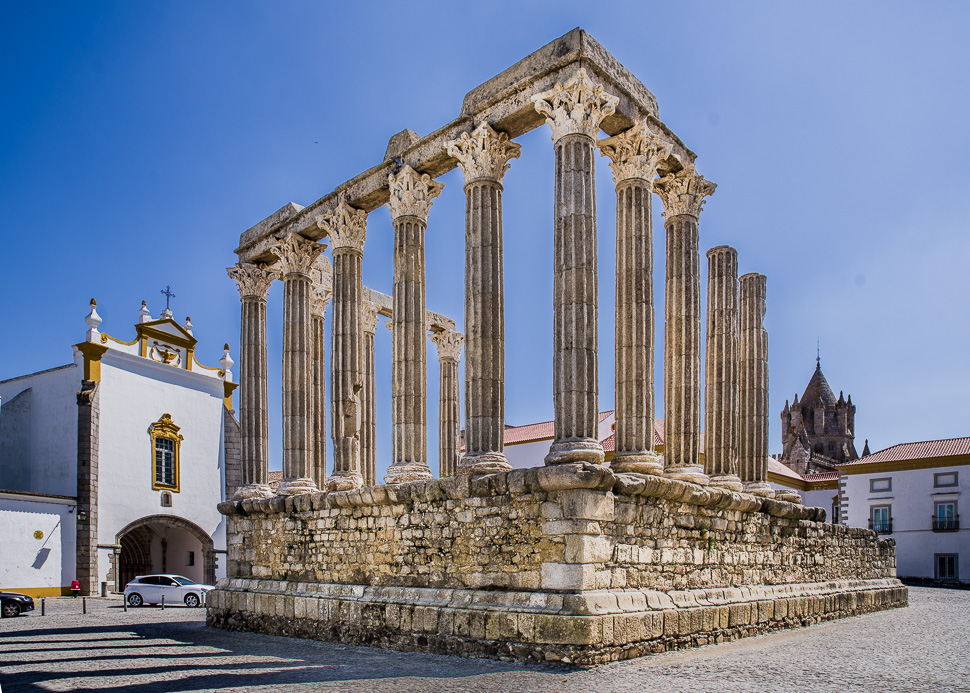 |
| Templo de Diana |
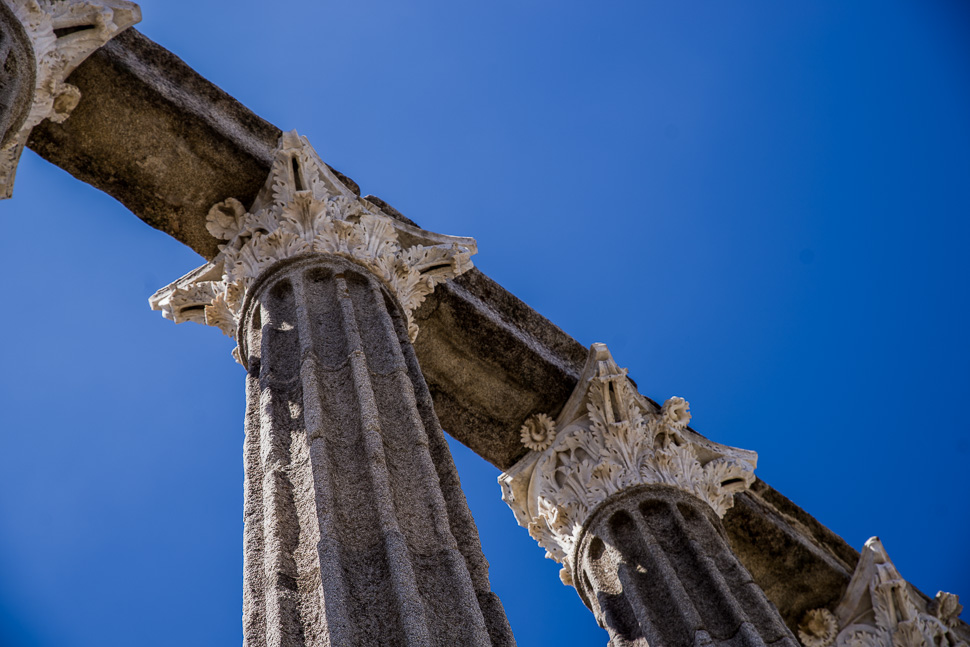
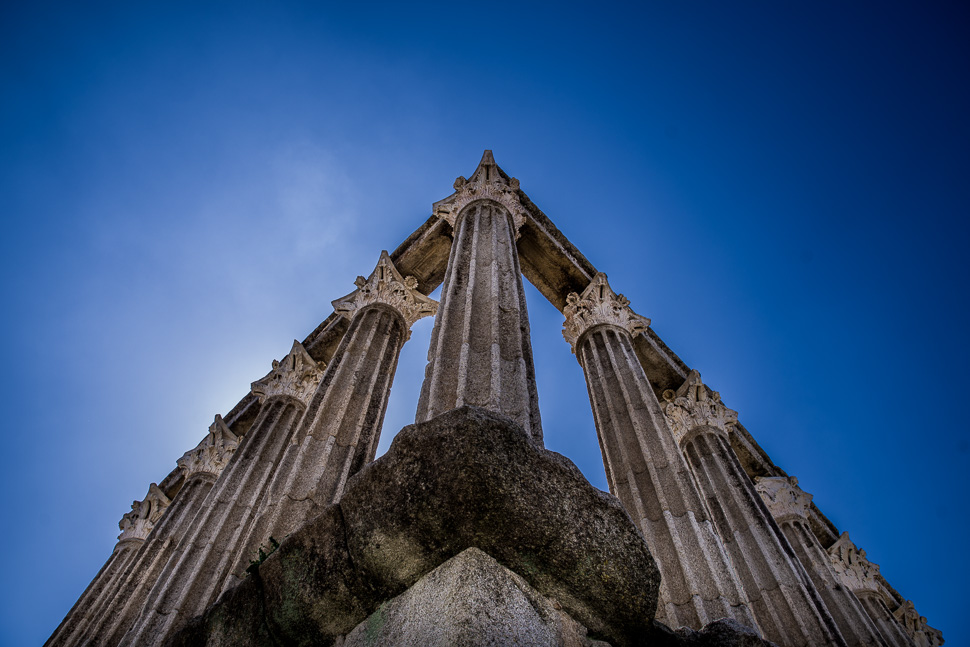
Afterwards we circled the cathedral before we reached the entrance and climbed up to have a look from the roof top.
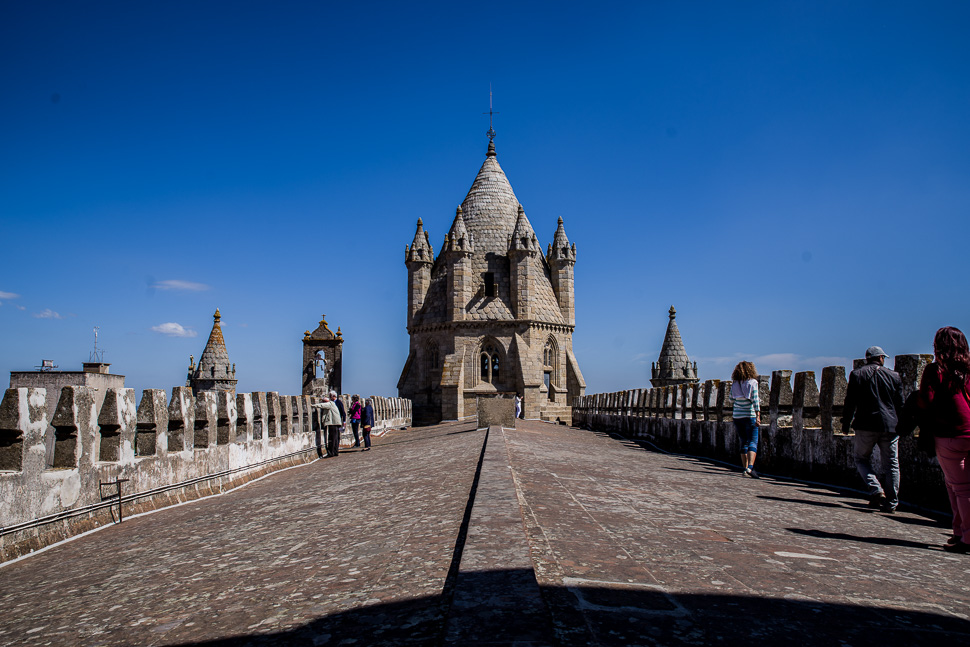
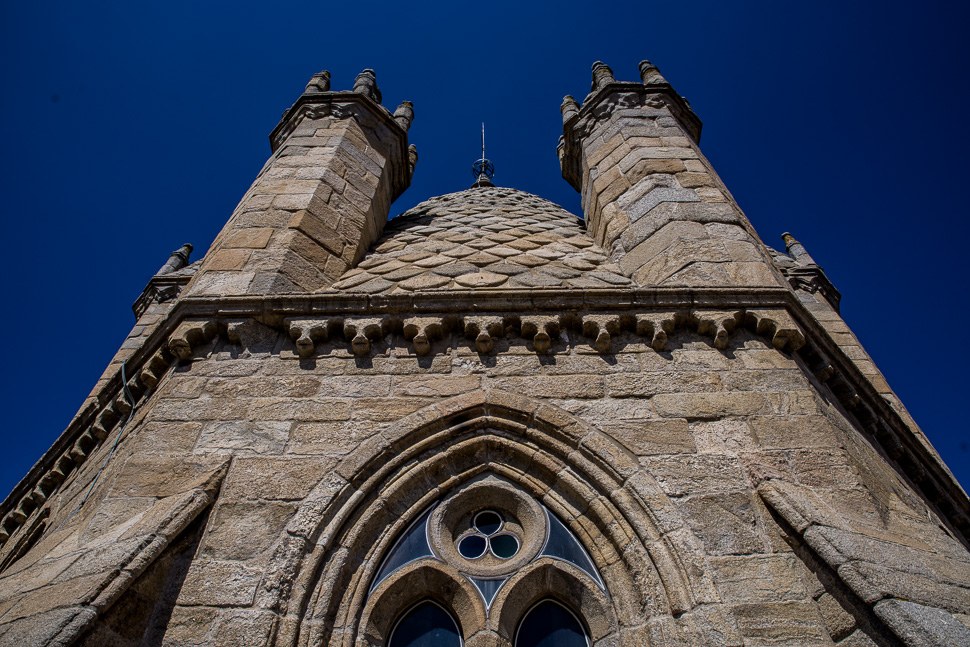
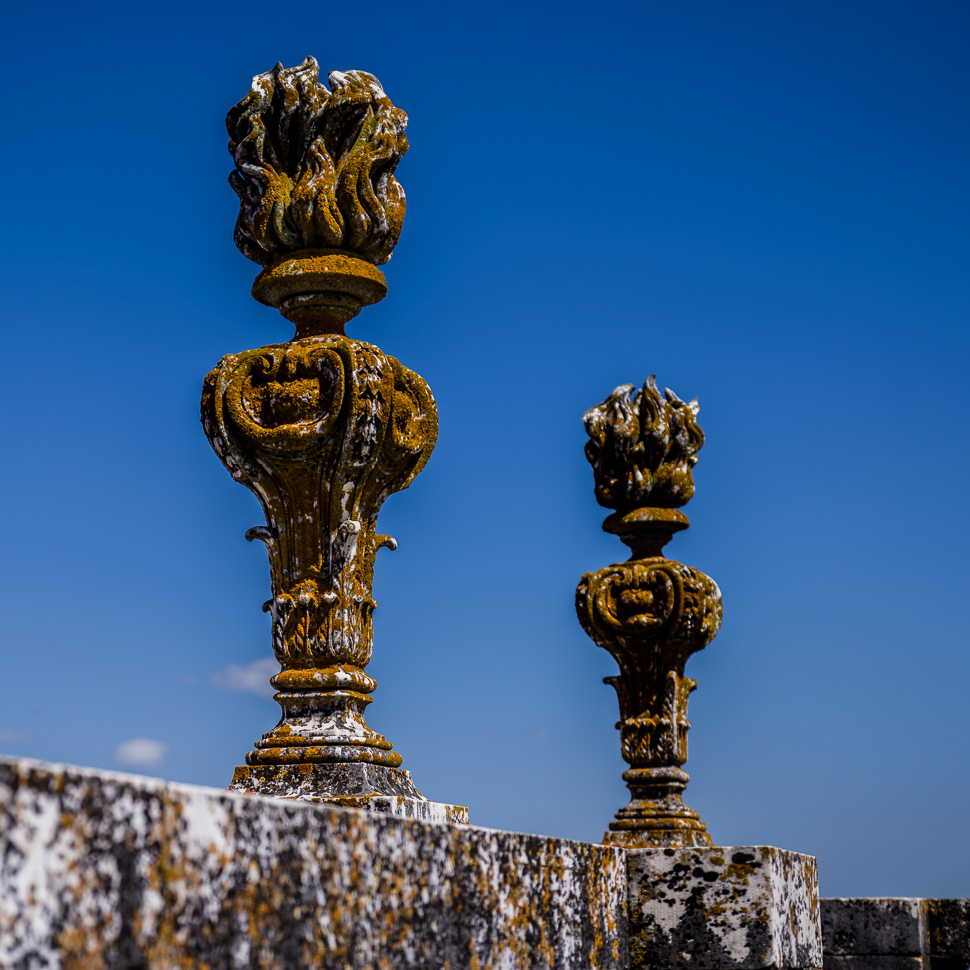
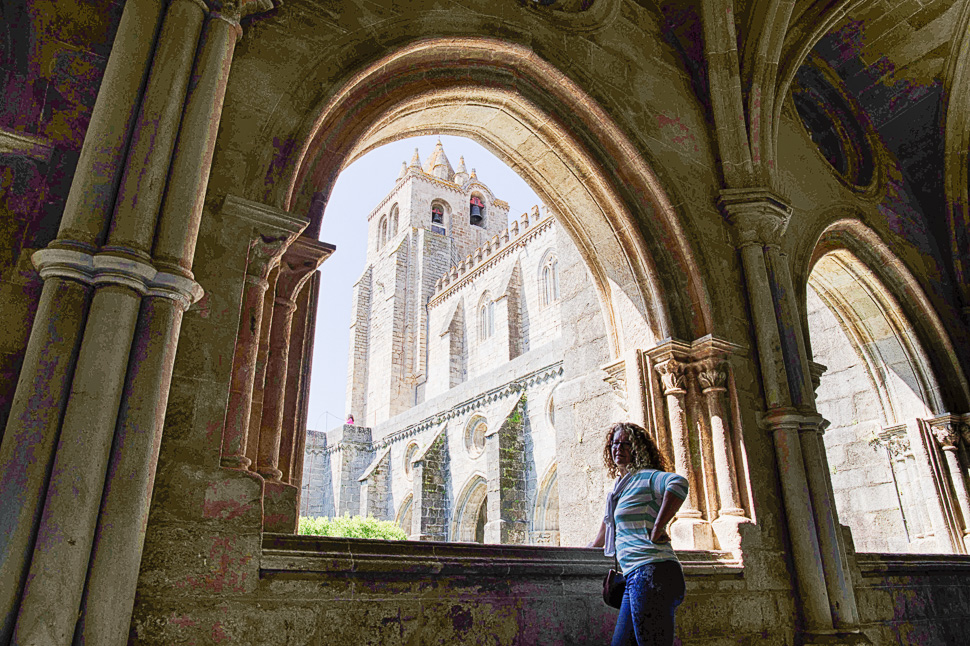
Walking through the streets, many shops tempted us with the typical sweets of Portugal: Pastel de Nata. Of course we couldn’t resist and had them when ever possible with a cup of coffee.
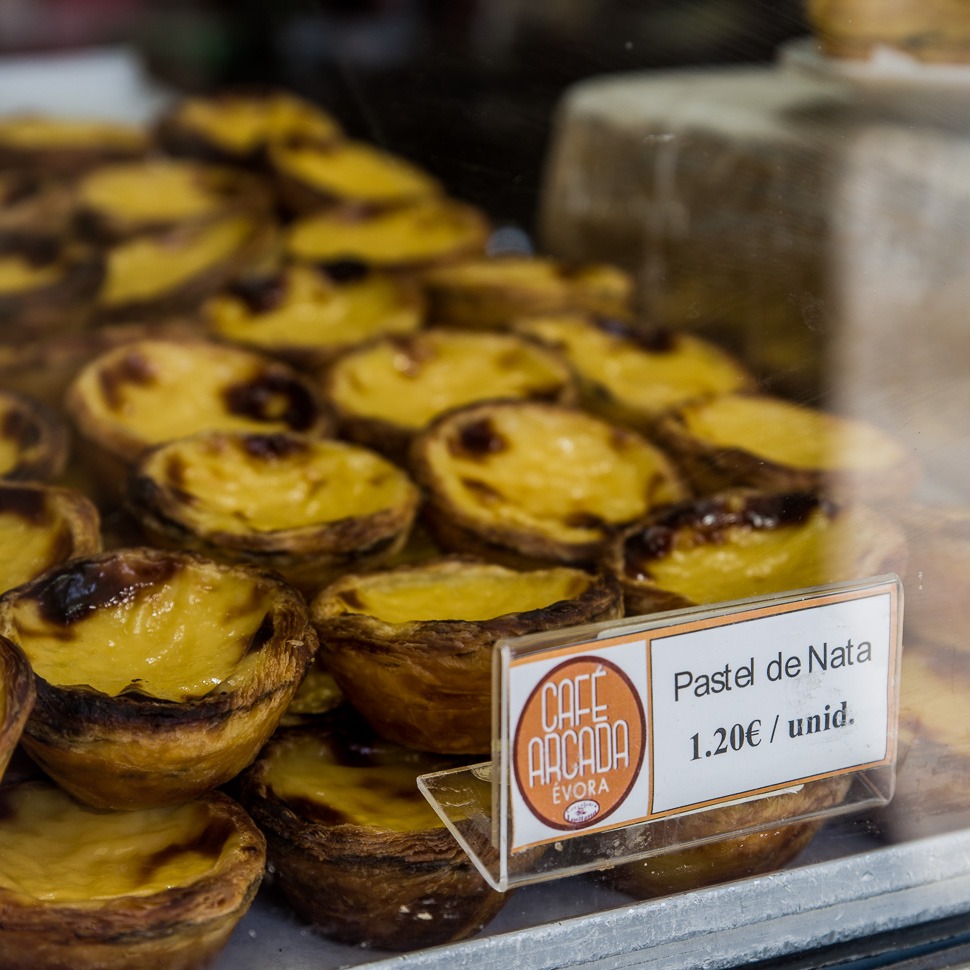
Our next destination was the Capela dos Ossos or Chapel of Bones, which is one of the best known monuments in Évora. It is located next to the entrance of the Igreja de São Francisco. The Chapel gets its name because the interior walls are covered and decorated with human skulls and bones.
It was built in the 16th century by a Franciscan friar who, in the spirit of that era, wanted to prod his fellow brothers into contemplation and transmit the message of life being transitory. Nowadays, it is a big tourist attraction.
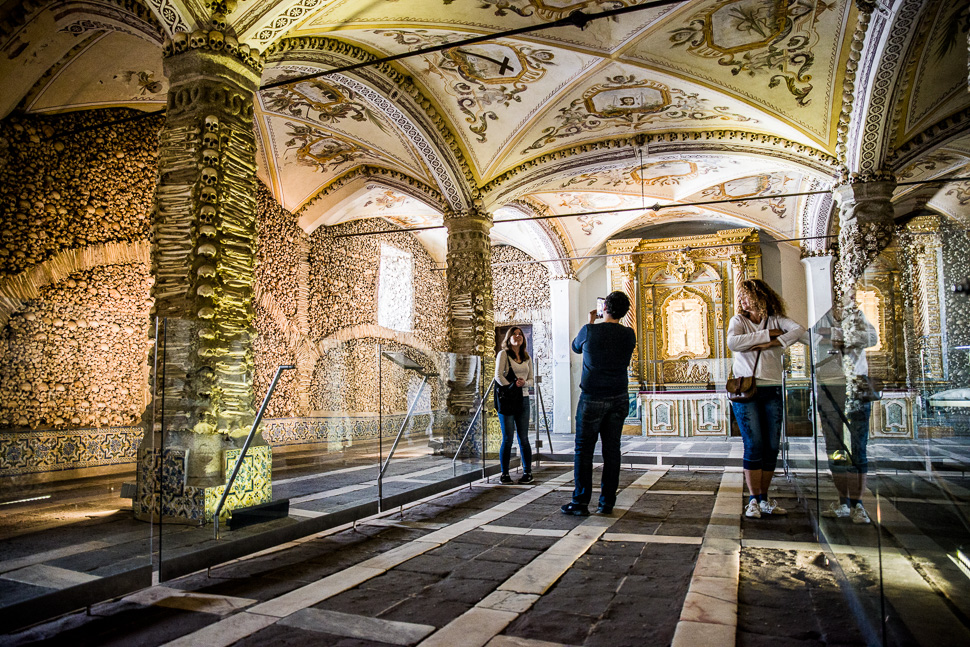
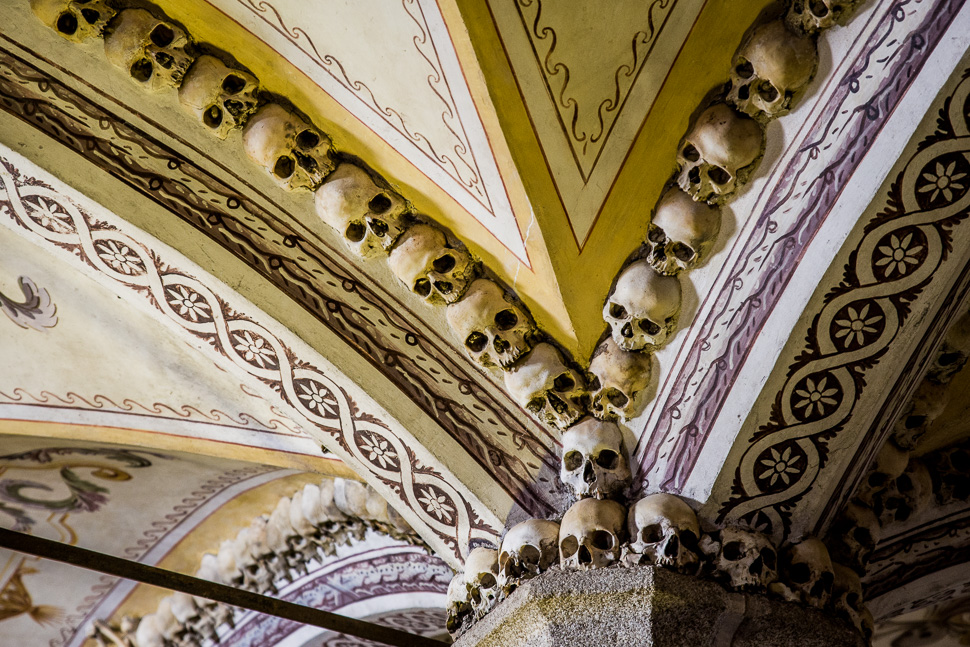
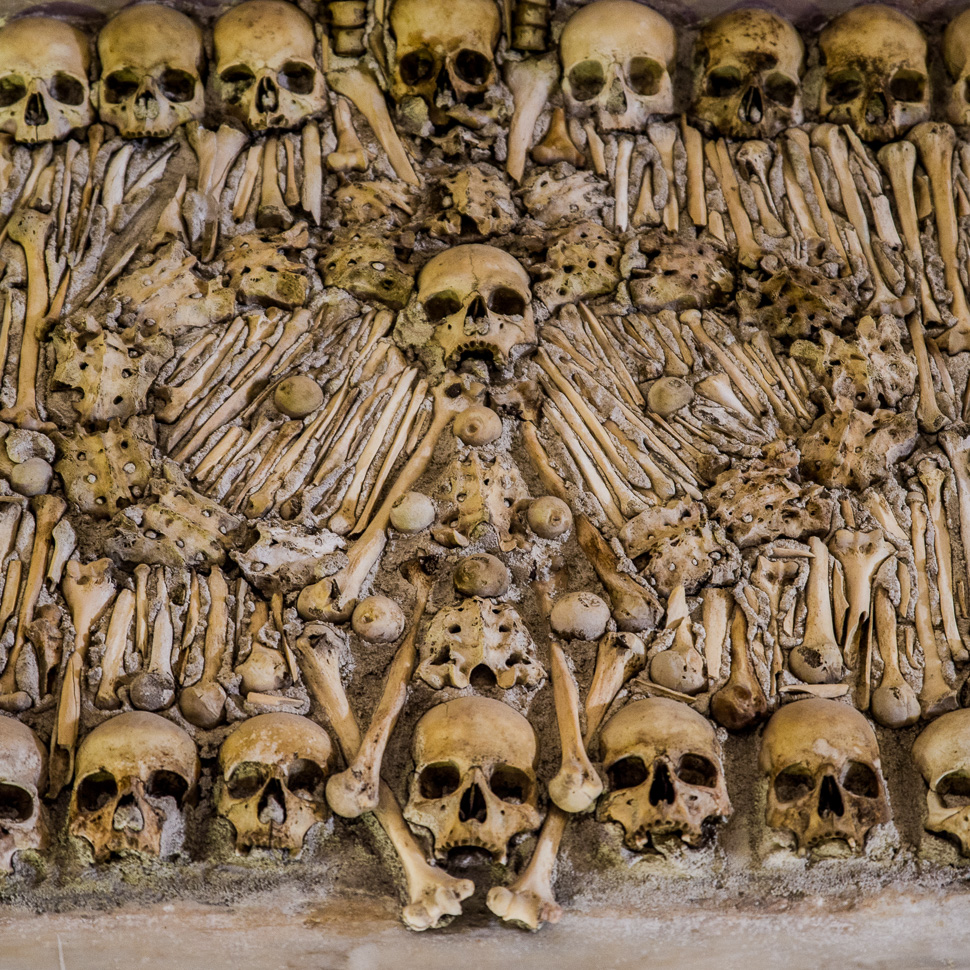
We left Évora in the direction of Valverde to visit the Great Dolmen of Zambujeiro or Anta Grande do Zambujeiro, which is a megalithic monument considered one of the biggest of such structures in the Iberian Peninsula from the Neolithic period 4000-3000 B.C.
The main chamber consists of seven 8 metre-high pillars. The 7 metre coverage slab (acting as a roof), lies broken on the mound. Sadly this dolmen is in a much worse condition than the ones we saw around Antequera in Spain.
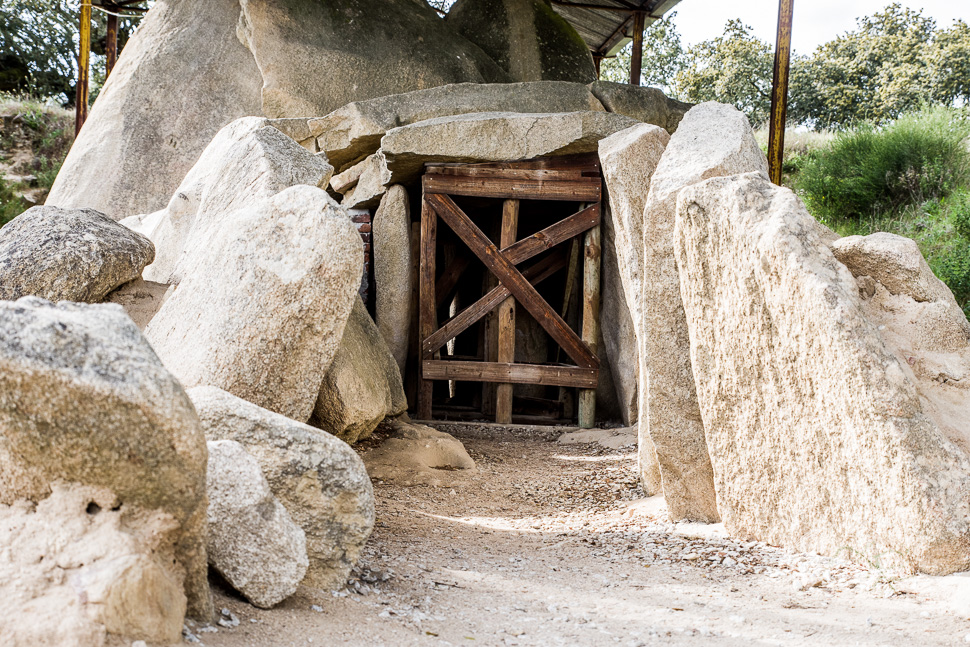
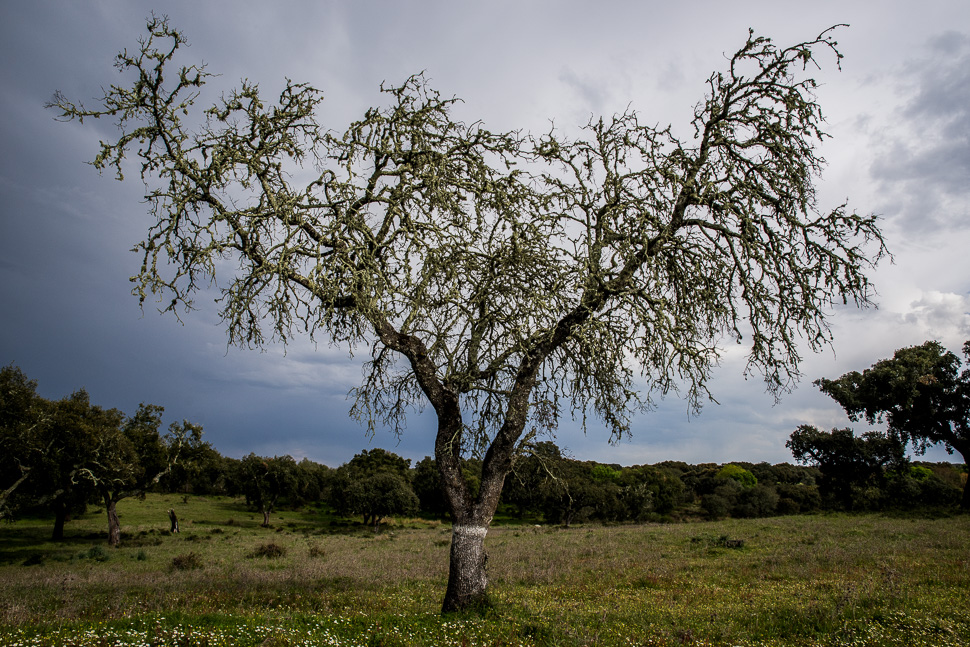
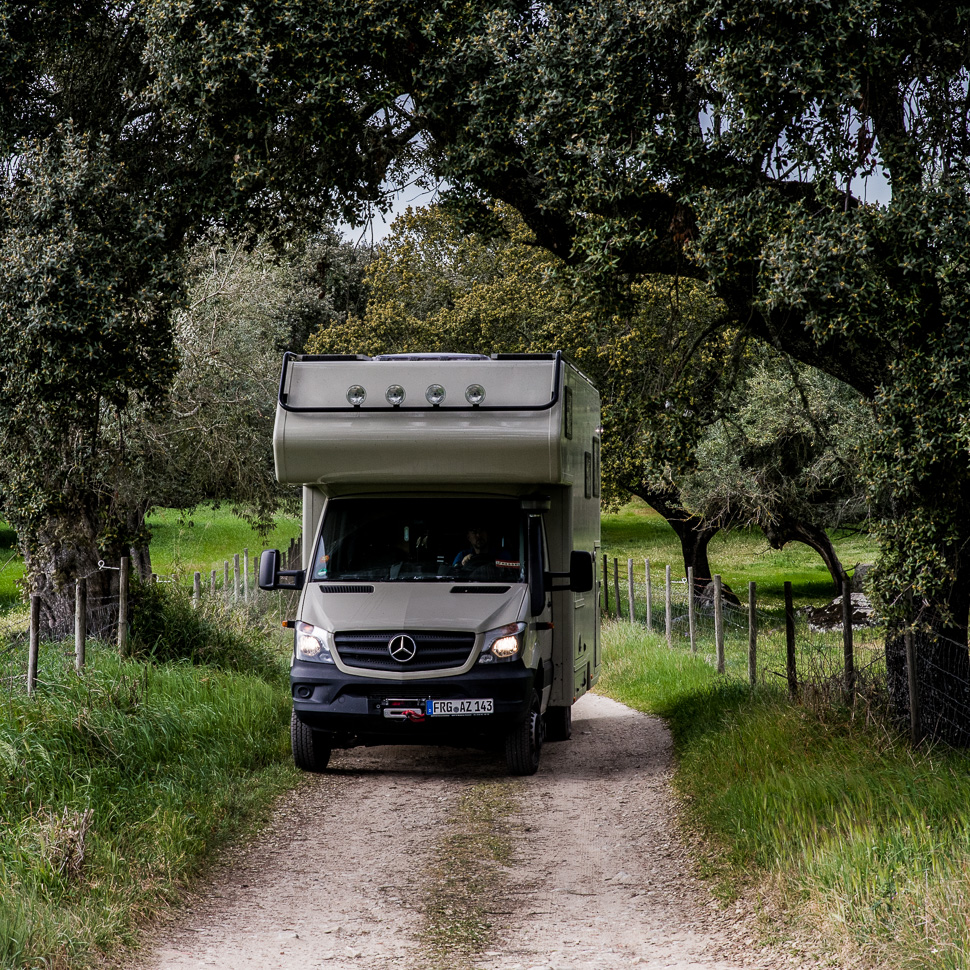
The road to the Dolmen led through low hanging oak trees which scratched our cabin a lot, but these scratches were not the first ones and won’t be the last ones either 😉 Of more concern was the aqueduct we had to drive through. We first tried the right side, but that arch was too low for us, so we had to take the one on the left side instead, which also was a tight fit.
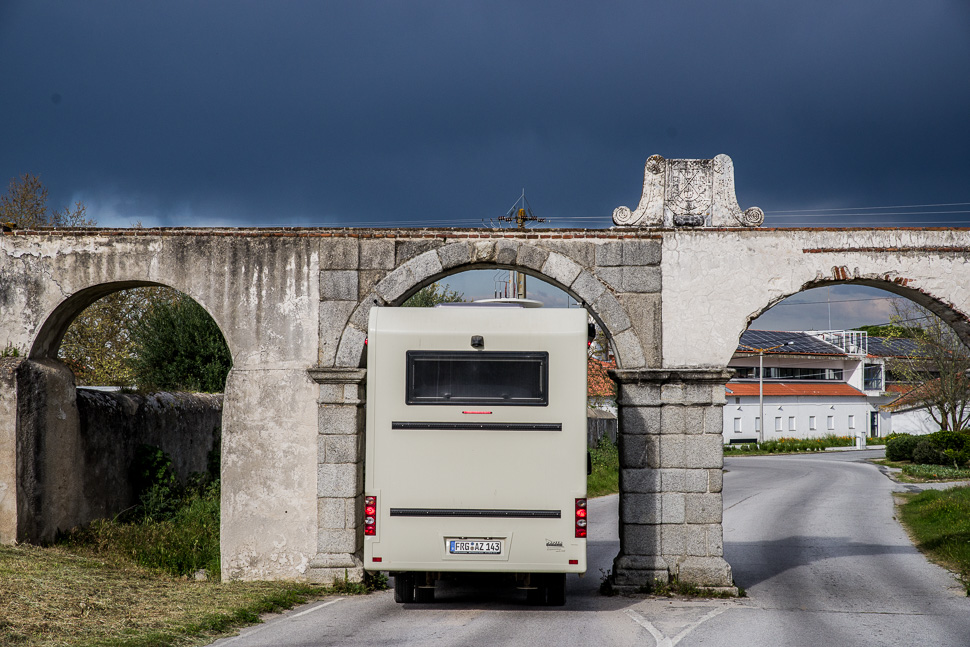
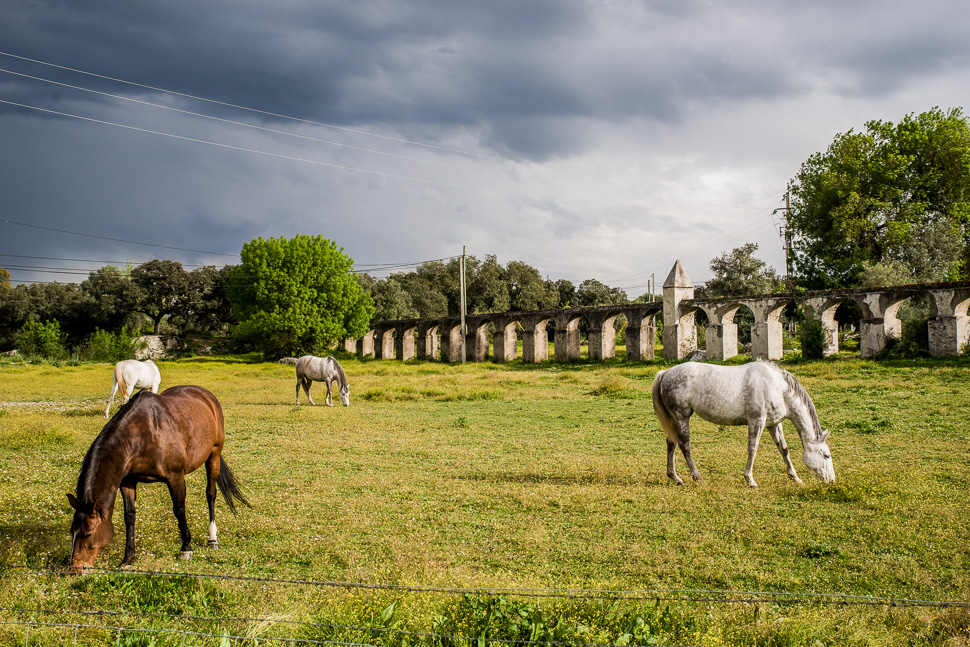
Our last stop for the day was at the the Cromeleque dos Almendres, a megalithic complex and the largest existing group of structured menhirs in the Iberian Peninsula and one of the largest in Europe. The construction dates back to the 6th millennium BC and was only rediscovered in 1966. Although there are many large solitary 2.5 to 3.5 metres rounded/elliptical stones, most are smaller and formed into groups. In total it’s a forest of about 95 granite monoliths built and oriented to different directions associated with the Equinox.
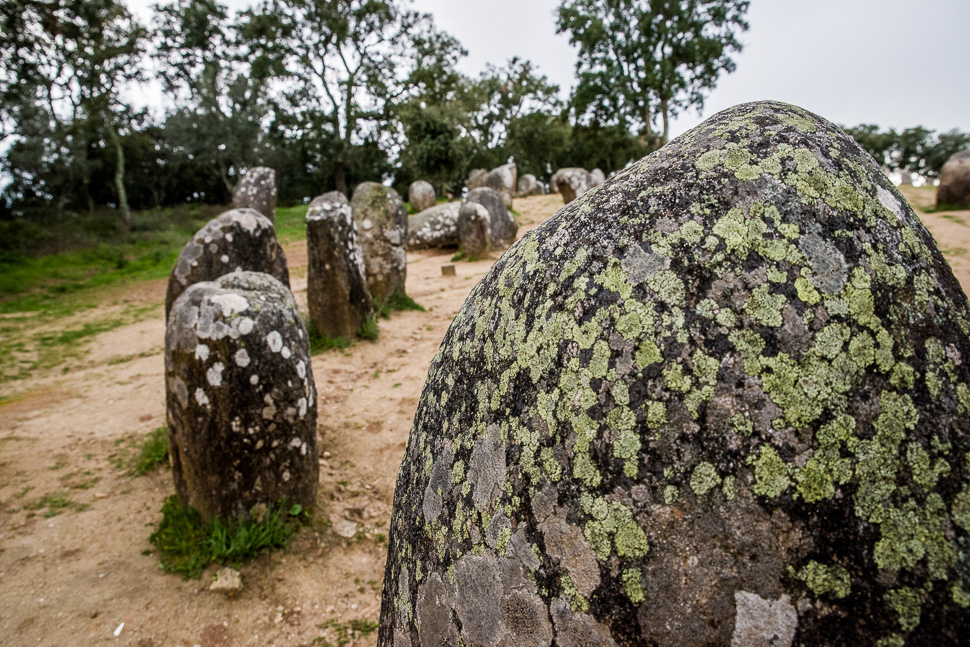
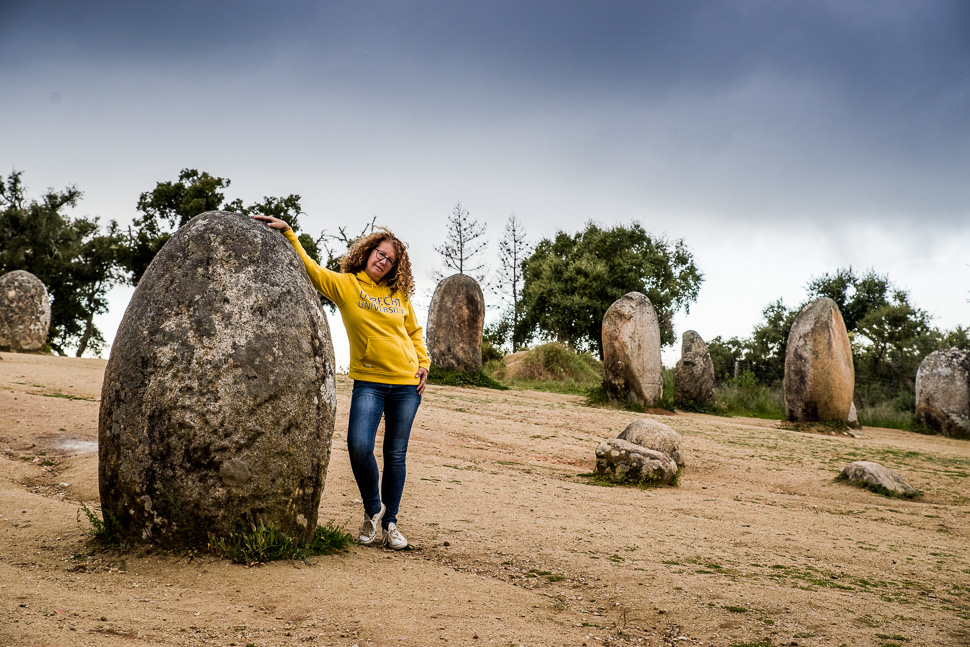
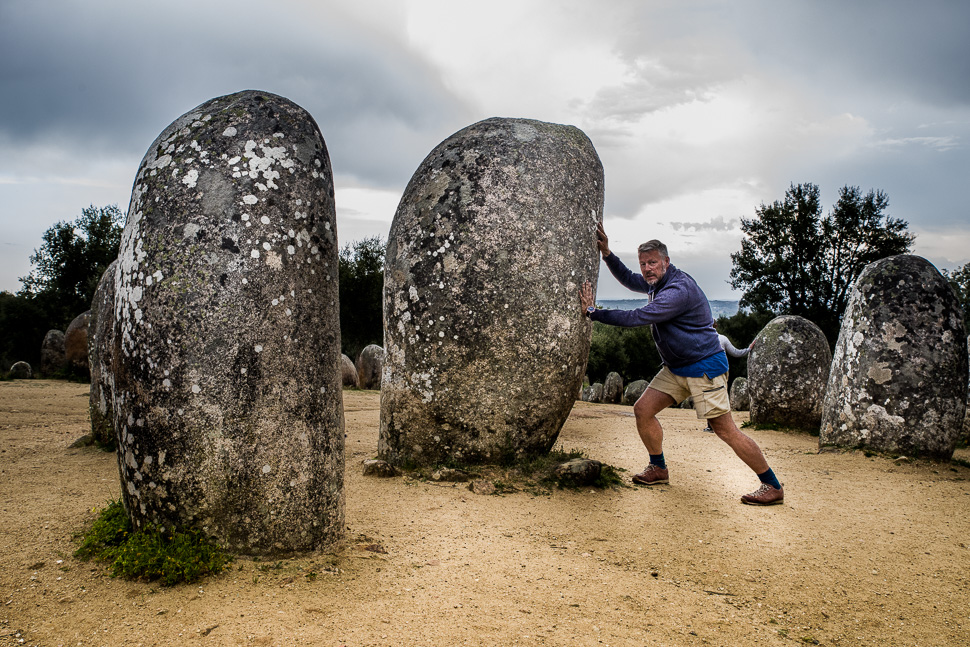
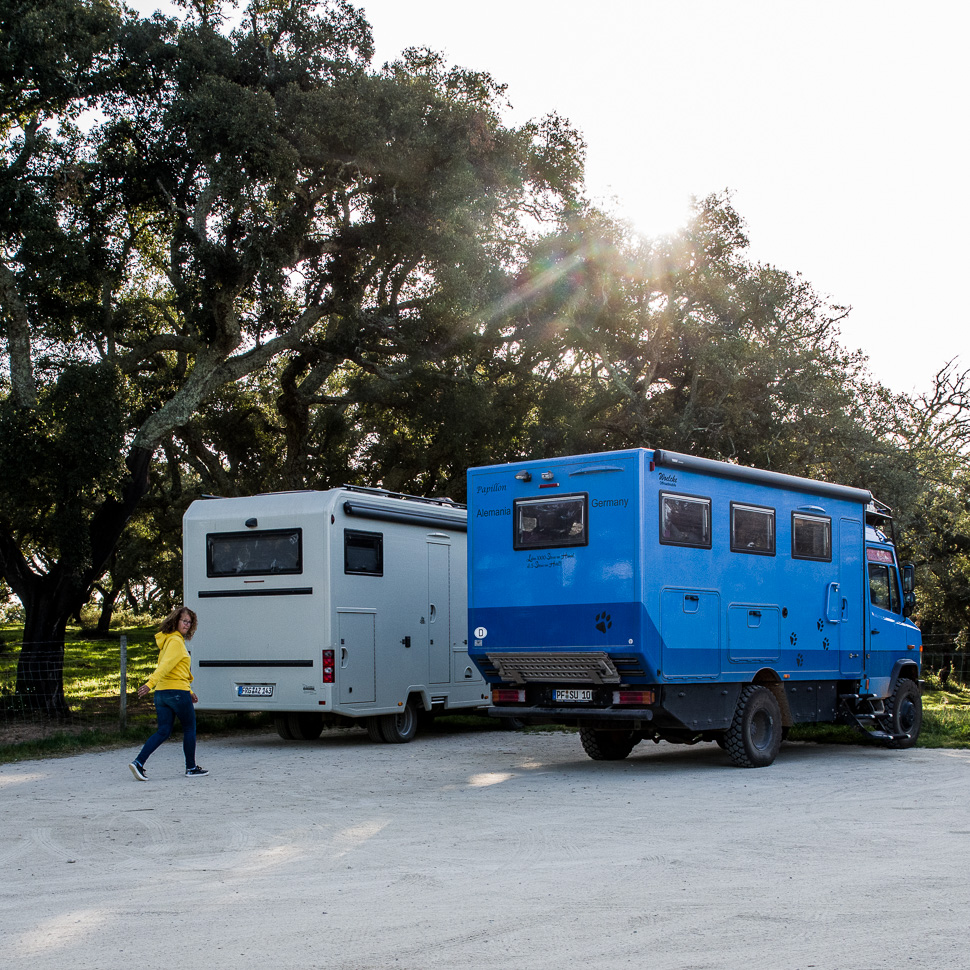
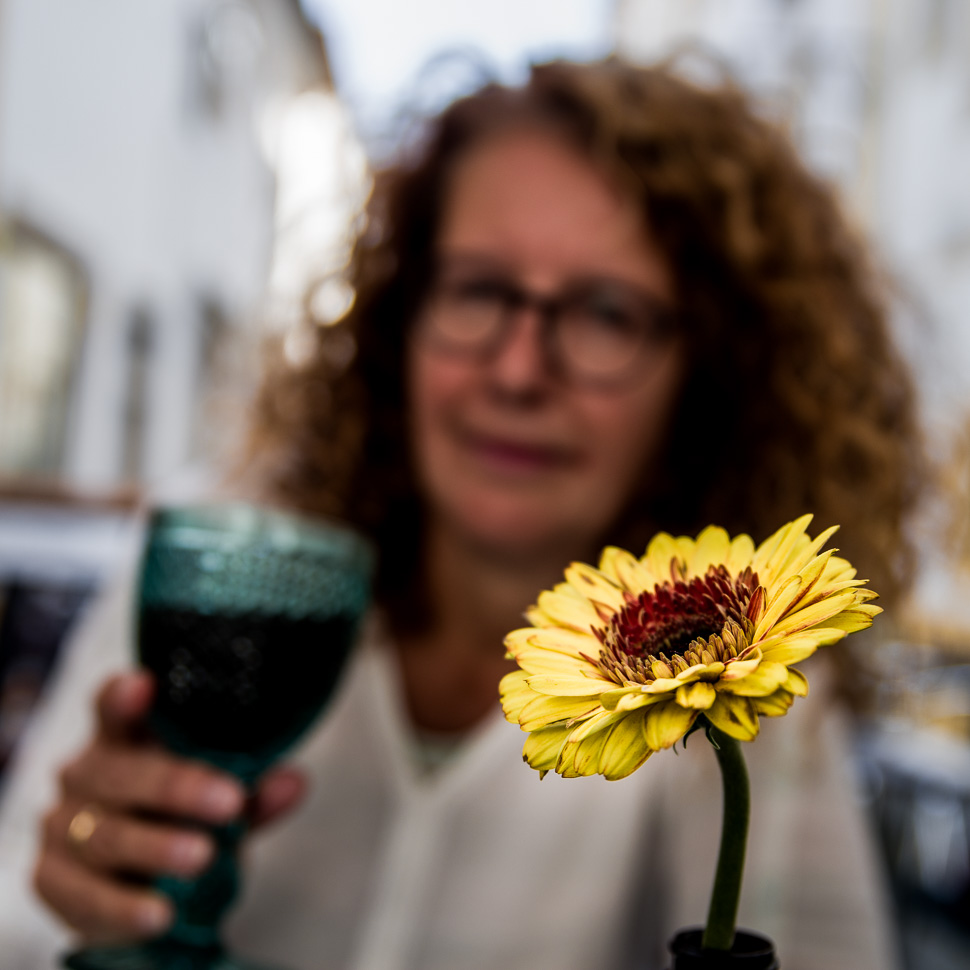 |
| Flower of the day |
